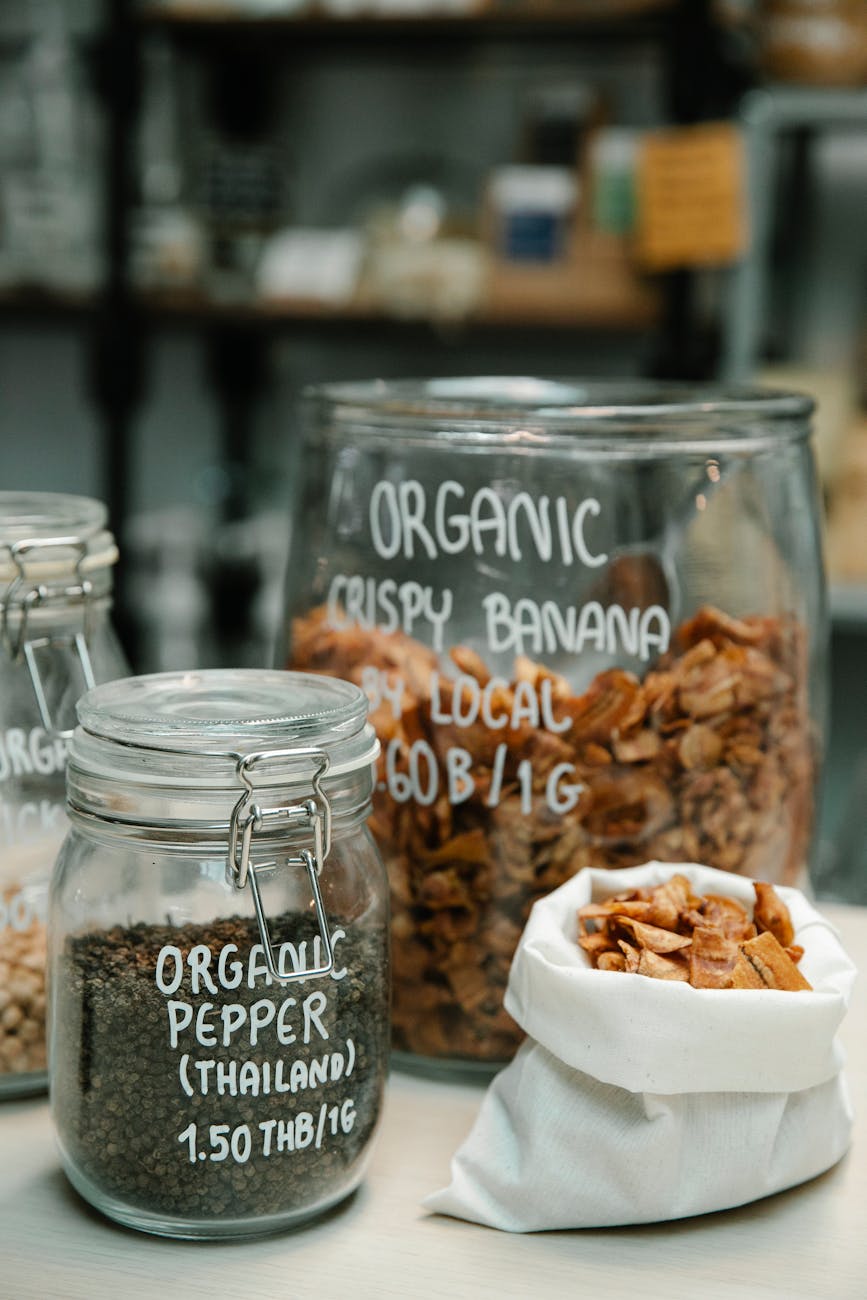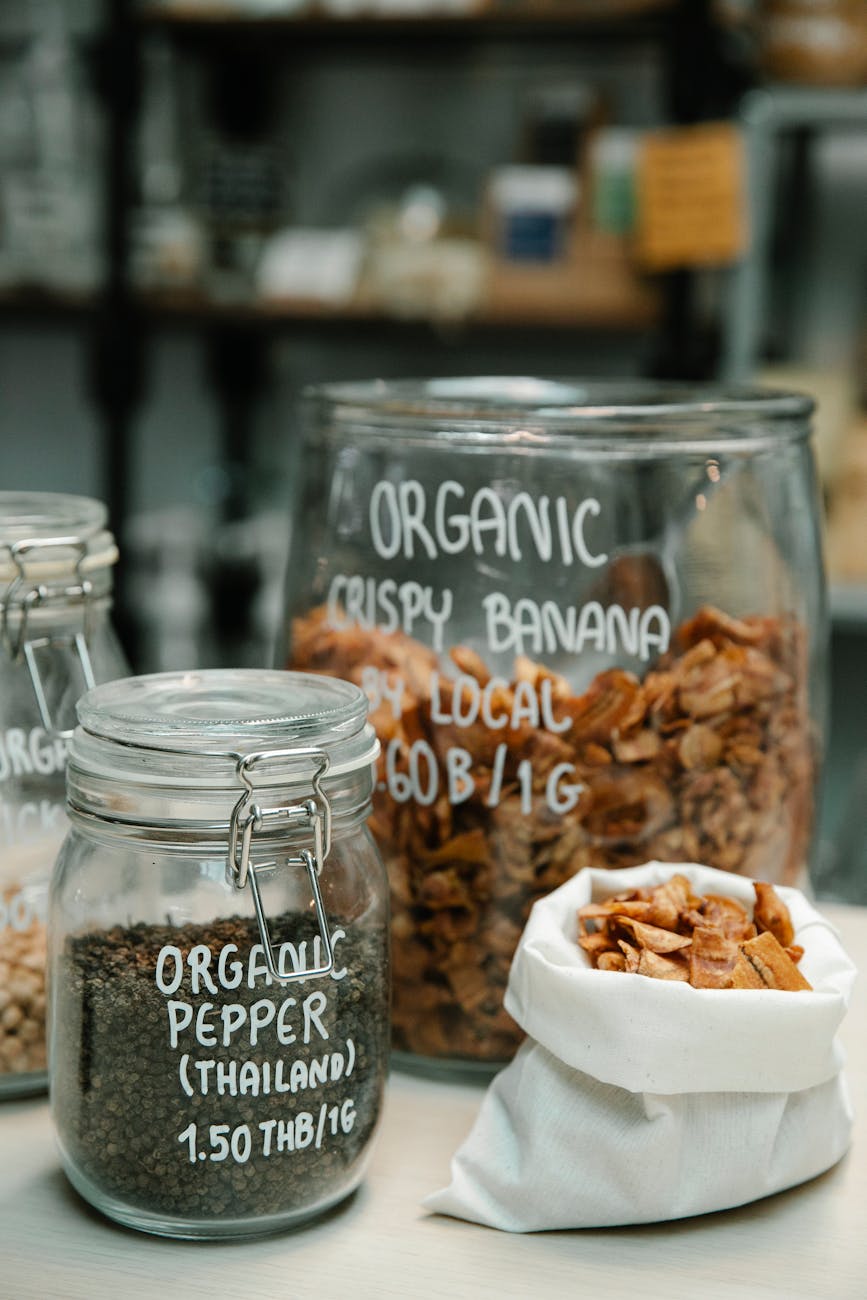Embarking on a trip to Thailand is not just about exploring beautiful landscapes or discovering ancient temples; it also presents a delightful culinary adventure ripe with flavors waiting to be savored. The heart and soul of Thai cuisine lie in its local ingredients, which are tantamount to crafting delicious dishes that evoke authenticity and vibrancy. To elevate your culinary experience in Thailand, understanding which local ingredients will transform your cooking is essential. From unique herbs to exotic spices, these elements will not only enrich your palate but also create lasting memories of your travels through food.
Gaining insight into the diverse ingredients found in Thai kitchens will empower you to recreate your favorite dishes long after your return home. This blog post delves deep into the essential local ingredients that every foodie should seek out when visiting Thailand. Furthermore, we’ll explore how these components influence Thai cuisine, making every meal a celebration of the nation’s rich cultural heritage. Join us as we unravel the secrets of a truly authentic Thai culinary adventure!
Table of Contents
- Coconut Milk – The Creaminess of Thailand
- Lemongrass – A Citrus Delight
- Bird’s Eye Chili – Spice It Up!
- Galangal – The Ginger’s Unique Cousin
- Fish Sauce – Umami in a Bottle
- Tamarind – Sweet and Sour Harmony
- Herbs of Thailand – A Symphony of Flavors
- Your Culinary Journey Awaits
- Frequently Asked Questions
Coconut Milk – The Creaminess of Thailand
Coconut milk is a quintessential element in Thai cooking, known for its richness and delightful creaminess. This magical liquid transforms dishes, lending a silky texture and a subtle sweetness. When used in curries, soups, or desserts, coconut milk enhances flavors remarkably. Whether you are sipping on a creamy coconut soup or indulging in a luscious dessert like coconut sticky rice, the depth of flavor coconuts provide is undeniable. This ingredient not only epitomizes Thailand’s tropical essence but also adds a wholesome quality, making each dish feel like a warm embrace.
When visiting local markets or street vendors, be sure to look for fresh coconut milk. Unlike the canned varieties often found overseas, fresh coconut milk captures the authentic taste that can only come from Thailand’s fertile land. Incorporating this ingredient into your culinary repertoire will allow you to replicate the same delightful flavors experienced during your trip.
Lemongrass – A Citrus Delight
Lemongrass is characterized by its sharp, citrus-like flavor and fragrant aroma. This herb is indispensable in Thai cooking, offering a refreshing twist that complements various dishes. From tom yum soup to marinades for meats, lemongrass adds a distinctive zest that brightens anything it graces. Beyond flavor, its health properties — such as aiding digestion and enriching skin health — further solidify its status as a must-have ingredient in your Thai culinary adventure.
When you encounter lemongrass at local markets, you’ll notice its slender stalks, which are essential in many marinated and curry dishes. Notably, the outer layers can be tough, but using the tender inner part enhances flavors to perfection. Imagine preparing a fragrant curry in your own kitchen, delivering the same essence you cherished in Thailand, and the key to that experience lies in the vibrant versatility of lemongrass.
Bird’s Eye Chili – Spice It Up!
If you’ve ever marveled at the tangy heat present in Thai dishes, chances are bird’s eye chili is behind it. This small yet potent chili pepper packs a punch, imbuing dishes with fiery intensity. Its bright, bold flavor cuts through richness, making it a staple in Thai salads, curries, and dips. For those who enjoy a culinary challenge, experimenting with bird’s eye chili can lead to remarkable flavor explorations.
While visiting Thailand, elevate your dishes with this beloved pepper. Locals often use it in sauces and dressings, allowing its heat to elevate even the simplest of meals. The thrill of tasting food prepared with fresh bird’s eye chili embodies the spirit of Thai cooking, ensuring your taste buds are tantalized in the best possible way.
Galangal – The Ginger’s Unique Cousin
Often compared to ginger, galangal stands out with its distinctive flavor and fragrant aroma. This root adds a delightful warmth and complexity to Thai dishes, especially in curries and soups. Its subtle citrus notes and slight earthiness make galangal a favorite ingredient among chefs and home cooks alike. This robust root is found in various dishes and even herbal teas, showcasing its versatility in enriching culinary experiences.
When seeking galangal in Thailand, look for fresh samples at local markets. Unlike dried forms, fresh galangal releases bold flavors that elevate your dishes beyond the ordinary. Integrating this unique ingredient into your cooking will transport you back to the bustling food stalls of Thailand, igniting a passion for culinary exploration and creating memorable meals.
Fish Sauce – Umami in a Bottle
Fish sauce is an iconic ingredient in Thai cuisine, famed for its umami flavor that enhances dishes like no other. Derived from fermented fish, it delivers a unique savory taste that balances other flavors and adds depth to everything it touches. Used in dressings, dipping sauces, and stir-fries, fish sauce is essential for achieving authenticity in Thai cooking.
Incorporating high-quality fish sauce, preferably locally sourced, can make all the difference in taste. Instead of overpowering dishes, it harmonizes ingredients, creating a symphony of flavors. When you experience the alluring taste of fish sauce, you’ll discover its ability to transform simple dishes into exquisite delights, elevating your entire culinary journey.
Tamarind – Sweet and Sour Harmony
Tamarind is another remarkable ingredient that contributes to the sweet and sour complexity found in Thai dishes. This tangy fruit, often introduced in sauces and salads, offers a balance of flavors that opens up the palate. Its unique taste is essential for dishes such as pad thai and many traditional sauces, showcasing why it is crucial to Thai culinary practices.
When sourcing tamarind, consider seeking fresh pods or paste to experience its true essence. The delightful combination of sweet and sour notes allows chefs and home cooks alike to craft delicious, flavorful dishes that connect diners to Thailand’s culinary heritage. Integrating tamarind into your recipes can transform them into authentic masterpieces that will impress family and friends with every bite.
Herbs of Thailand – A Symphony of Flavors
Numerous types of basil thrive in Thai cuisine, each offering its unique flavor profiles. Thai basil, known for its warm, spicy notes, is commonly found in numerous dishes, lending an intriguing flavor layer. Likewise, holy basil, with its peppery taste, elevates stir-fries and soups, while sweet basil accompanies desserts and salads. These herbs play a significant role in balancing flavors, infusing dishes with freshness and brightness.
When you wander through local markets, don’t forget to explore the various types of basil available. Infusing their aromatic essences in your cooking will not only remind you of Thailand but also allow you to experiment with flavors, making your culinary adventure even more exciting. Imagine recreating a fragrant basil-infused curry or a refreshing salad that captivates the essence of Thailand!
Your Culinary Journey Awaits
The journey through Thailand’s culinary landscape is as vibrant and diverse as its culture itself. Each ingredient you discover brings forth flavors that tell stories of tradition, passion, and heritage. By understanding the significance of these local components, you open the door to a world of culinary possibilities that await you, whether in Thailand or in your kitchen at home.
As you embark on your adventures, remember that it’s not just about the food; it’s about the connections, experiences, and memories formed through each bite. Your culinary journey is not merely a reflection of what you eat, but it embodies the spirit of exploration and appreciation for the art of cooking. Embrace these local ingredients, and you’ll carry a piece of Thailand with you wherever you go.
Frequently Asked Questions
- What is the most important ingredient in Thai cuisine? Coconut milk is often regarded as a foundational ingredient, adding richness and creaminess to various dishes.
- Can I substitute fish sauce with anything else? Soy sauce mixed with a bit of lime juice can serve as a vegetarian alternative, but the authentic flavor of fish sauce is unmatched.
- What is the best way to use lemongrass? It’s best to crush the stalk and use it whole in curries or finely chop it for salads and marinades.
- Why is tamarind used in Thai cooking? Tamarind provides a unique sweet and sour flavor that balances other ingredients, making it essential in many traditional dishes.
- How spicy are bird’s eye chilies? Bird’s eye chilies are incredibly spicy; it’s wise to start with a small amount to find your desired heat level.
Image Credit: Pexels





